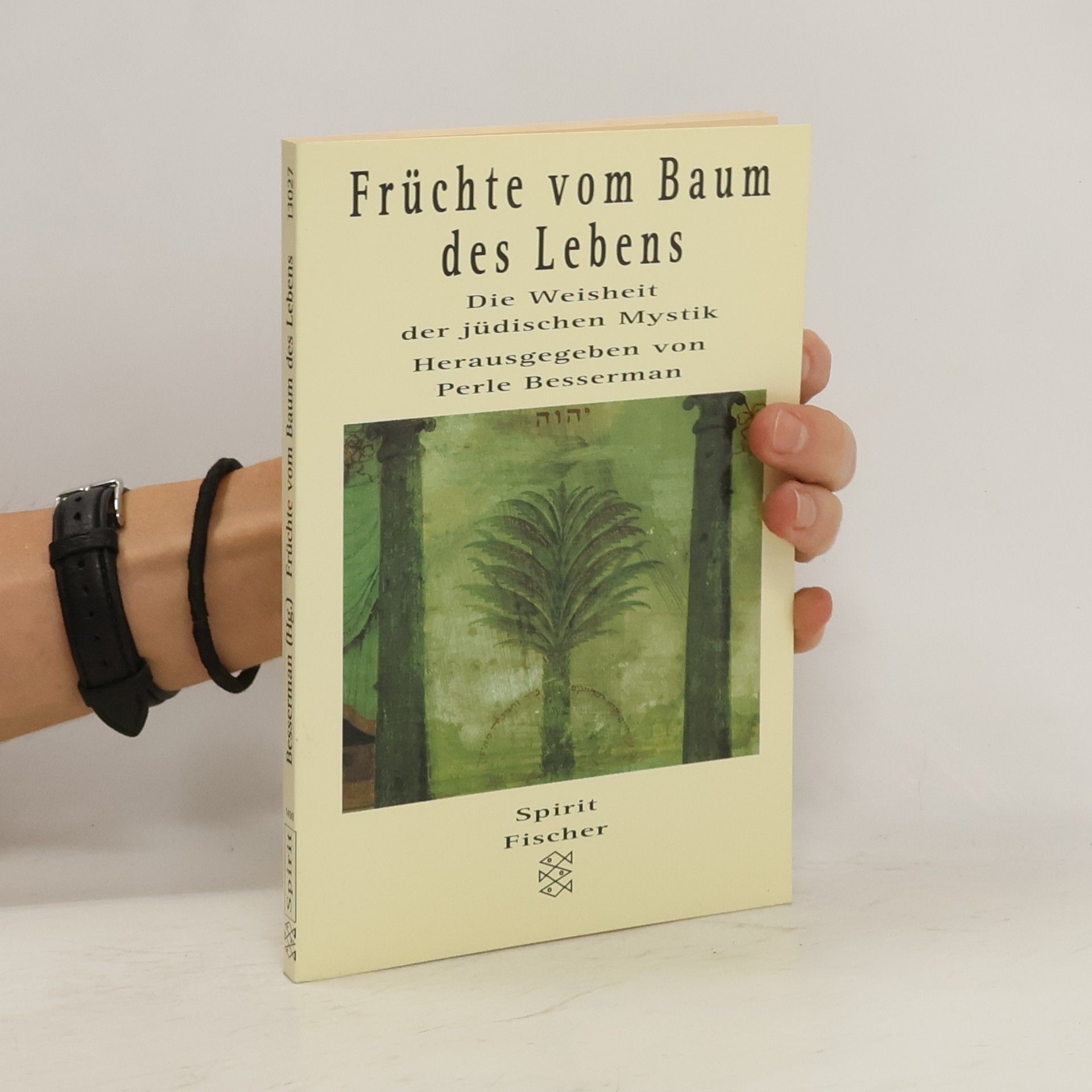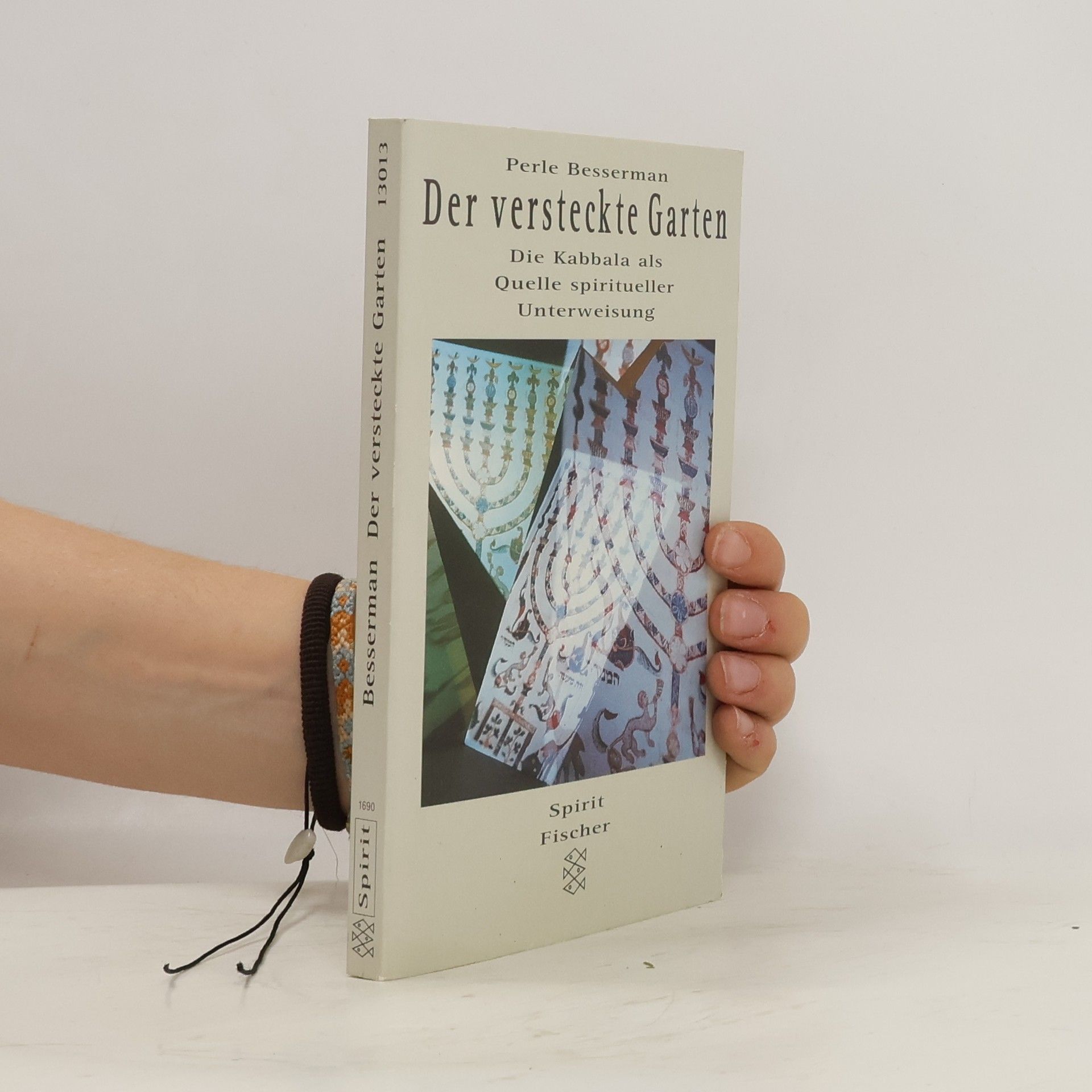P’Chang dosáhl úrovně osvíceného zenového mistra v 8. století, ale zůstal laikem se ženou, dcerou a synem. Po otci zdědil majetek, který potopil v řece Šao. Společně s dcerou cestovali a prodávali bambusové nástroje, zatímco žena a syn pracovali jako nájemní zemědělci. P’Chang vyjadřoval své myšlenky o složitosti a jednoduchosti existence, zatímco jeho žena zdůrazňovala lehkost učení. Dceři Ling-čao říkal, že jeho hloubání není ani snadné, ani složité, a že se řídí svými základními potřebami. Poslední roky žil se svou dcerou v jeskyni, kde se připravil na smrt. Požádal ji, aby mu řekla, až bude slunce v zenitu, a když se to stalo, zjistil, že jeho dcera zemřela na jeho místě. Po sedmi dnech smutku zemřel v přítomnosti přítele Ju Tiho, který sepsal příběhy o P’Changovi a jeho rodině. Po smrti dcery a syna, který zemřel na místě, paní P’Changová odešla do hor jako poustevník. P’Chang žil mimo konfuciánské tradice, raději psal básně než kázal, a zanechal po sobě mnoho kóanů a dialogů se zenovými mistry.
Perle Besserman Knihy

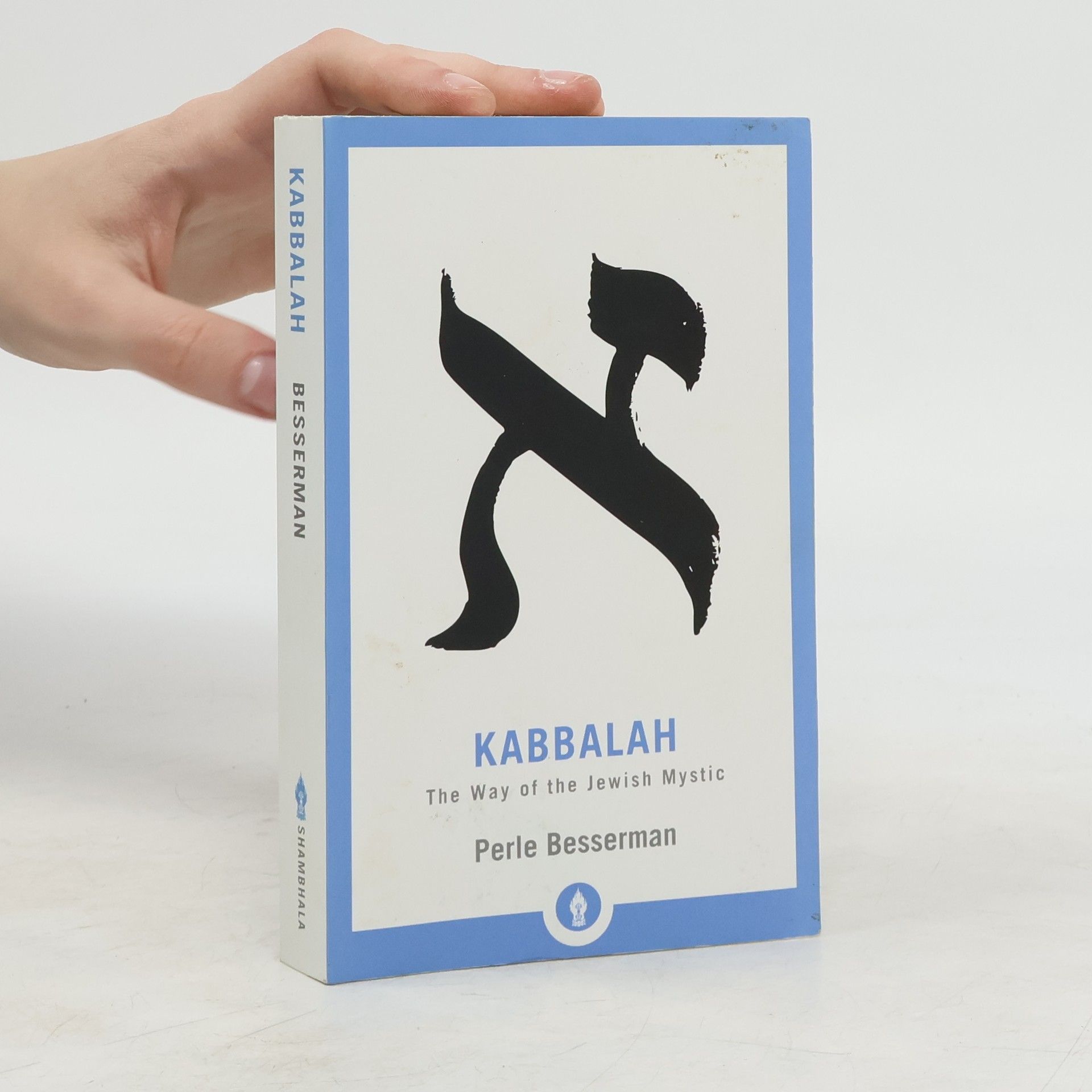
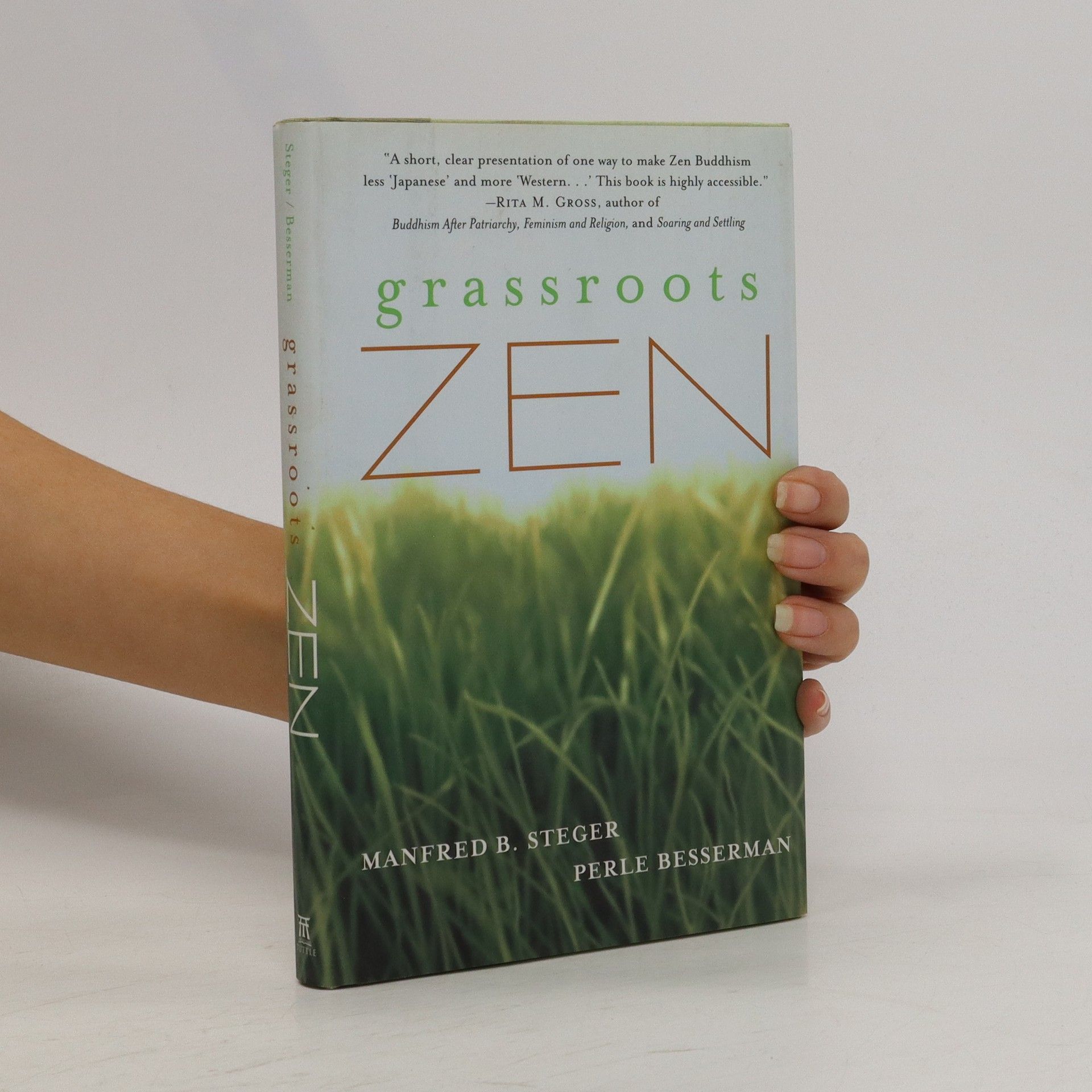
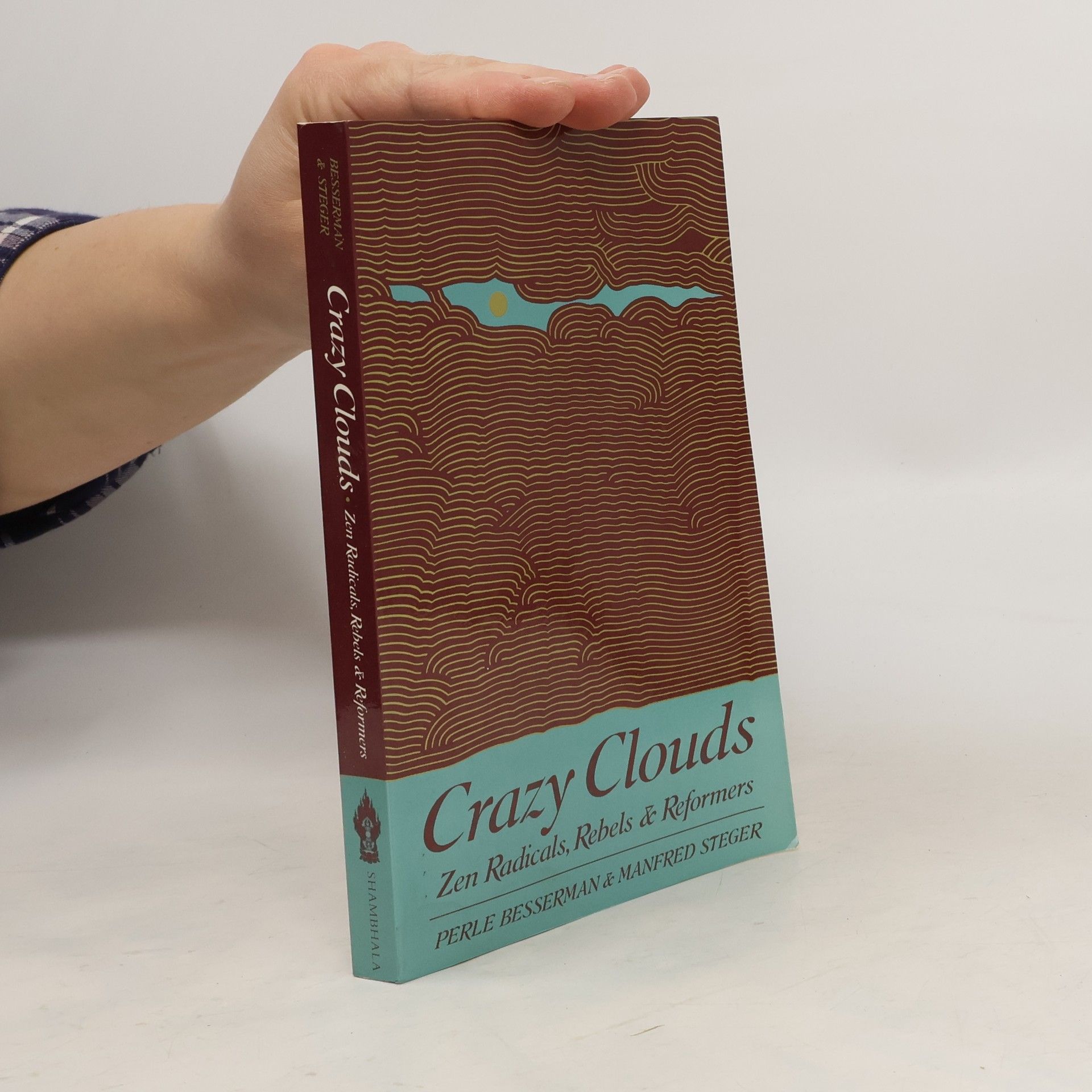
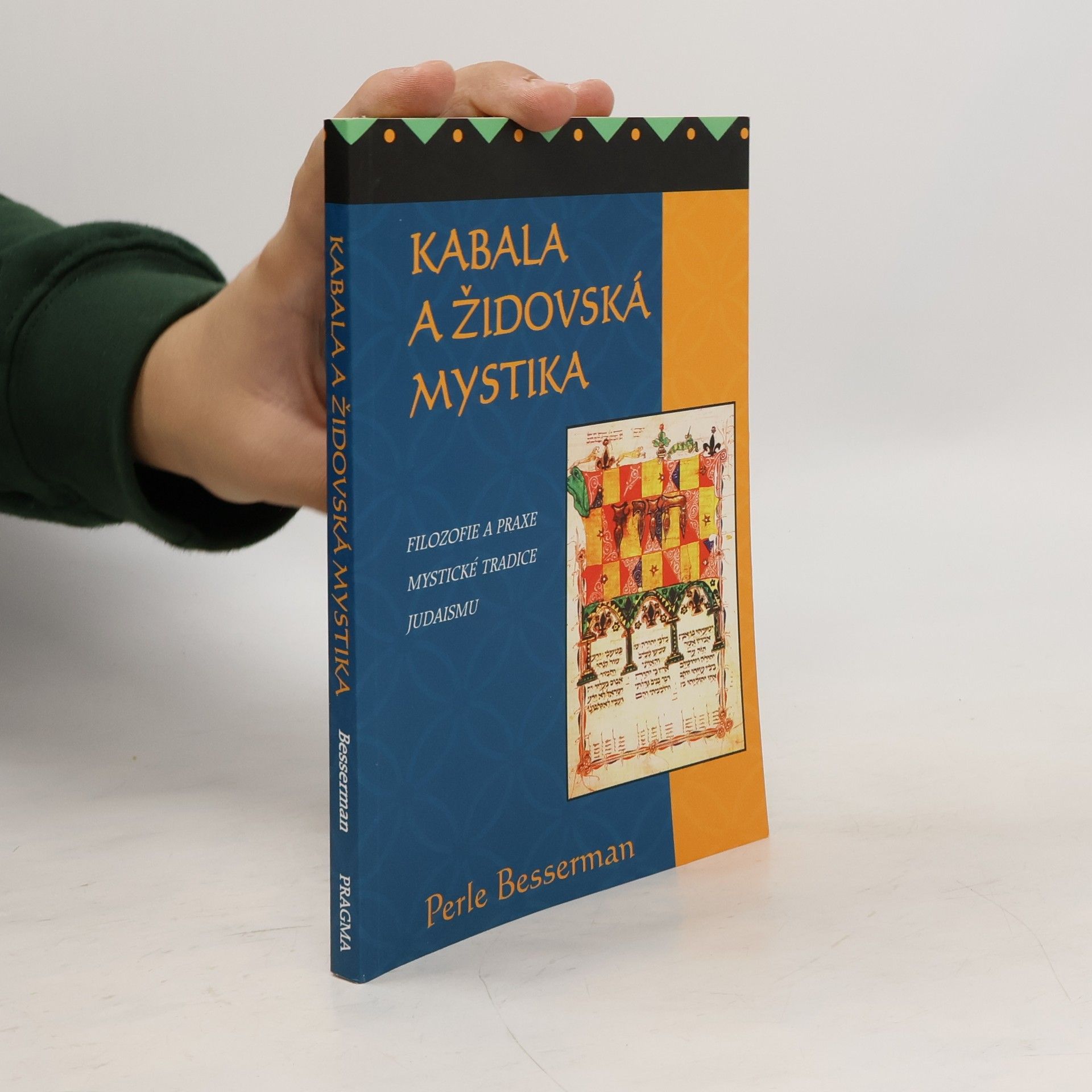

Tato kniha, jazykem přístupným nováčkům, poskytuje úvod do složitého světa kabaly a židovské mystiky.
Grassroots Zen
- 176 stránek
- 7 hodin čtení
Many Zen Buddhist practitioners have come to question some of Japanese Zen's less democratic aspects -- from the strict, male-dominated hierarchies to the racial overtones. At the same time, modern American Buddhists often find it difficult to integrate zazen (seated Zen meditation) with lives of family, work, and social engagement. This book offers a fascinating guide to overcoming both these dilemmas. A study of how one Zen group returned to an ancient Chinese tradition of community meditation practice without a leader or hierarchy, this book also outlines an authentic, grassroots approach, urging people from all walks of life to come together in meditation and the study of dharma. Grassroots Zen focuses on the challenge of truly becoming one with the moment in our frantically paced society; of finding a space for the passing self; and of achieving balance between Zen practice and daily life, as well as individuality in community. A thoughtful and absorbing work, Grassroots Zen is an important book for those seeking a practice that is truly of the people, by the people, and for the people.
Kabbalah
- 224 stránek
- 8 hodin čtení
Unraveling the web of ancient traditions hidden in such texts as the Sefer Yetzirah and the Zohar, this book traces history and offers an accessible introduction to understanding Kabbalah and its practices. Jewish mysticism has flourished—sometimes brilliantly, sometimes darkly—over five thousand years. This pioneering, popular text on Jewish mysticism was the first written for a general audience, and in it, Perle Besserman offers a lively and accessible introduction to the methods, schools, and practitioners of this intriguing world. She traces the history of Kabbalah through the lives of its illustrious scholars and saints and unravels the web of ancient traditions hidden in such texts as Sefer Yetzirah and the Zohar. Running through these pages are the words of the outstanding Kabbalists and mystics—including Simeon bar Yohai, Isaac Luria, Abraham Abulafia, and the Baal Shem Tov—giving instructions on practices ranging from contemplation of the Bible’s secret teachings to ritual, ecstatic prayer, and intensive meditation.
